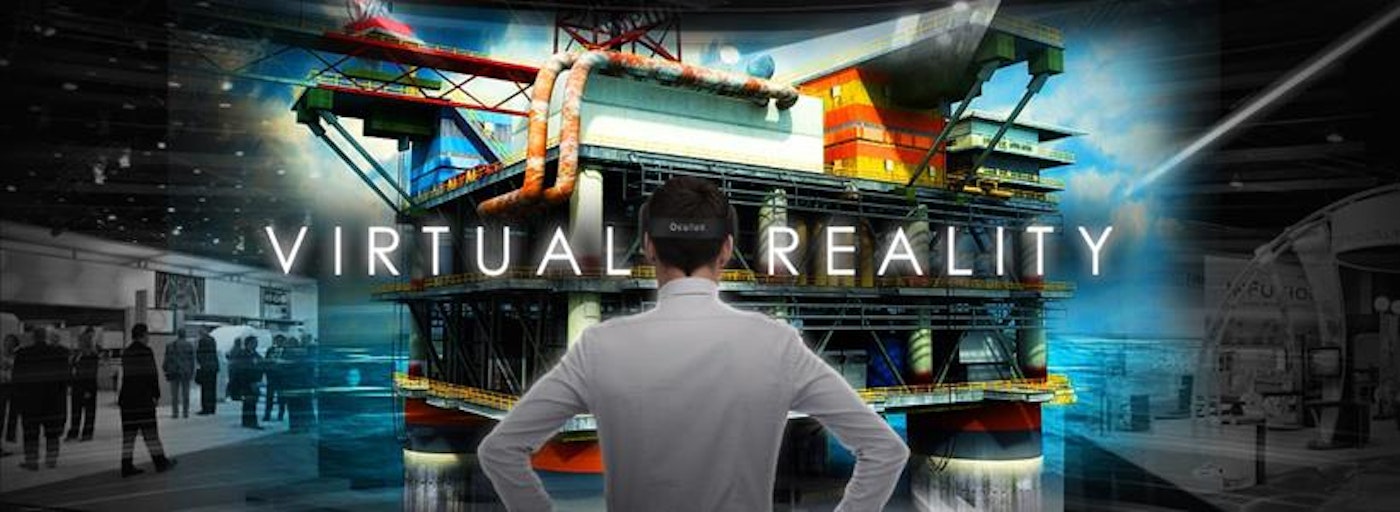Virtual Reality (VR) is a concept that we’ve all probably heard of. If you haven’t here’s the basics: Virtual Reality is a computer generated experience where the user has a three-dimensional, physical presence in an environment that is completely generated using computer technology. In other words, VR users can interact in real time with their environment, allowing them to have a more realistic experience.
VR is still a growing technology but its full potential is slowly being realized. HTC and Oculus have created VR technologies that are now available on the market. It is most often associated with video games but in fact, there are a number of ways that this up and coming technology can be implemented in our everyday lives.
I recently experimented with the HTC Vive to experience VR firsthand, and it did not disappoint! The physical room was drawn out in the VR simulator so that when I got too close to a wall, I would see red lines. There were sensors on each corner of the room to map out my exact position, so when I would turn, the virtual environment reacted in real-time. We had it set up so that whatever I was seeing in the virtual world could be seen on a monitor by my instructors.
My instructors guided me through a number of virtual programs. Shooting blood-thirsty zombies, evading killer androids and protecting a castle from an invading army were a few of the games I played while strapped in to the HTC Vive. One of my favorite programs was painting in 3D space using Google Tilt Brush. The ability to create and collaborate using Tilt Brush was absolutely astonishing.
After my first-hand experience with VR, I thought of some business applications this could have. Here are just a few ways we might see virtual reality being used in the future:
Retail
Virtual reality has the potential to change the way consumers shop. Imagine being able to view and try clothing, furniture, appliances, etc. all from the comfort of your home. VR could also allow users to tour and even place furniture in potential retail spaces.
Entertainment
VR could provide a whole new frontier for the entertainment industry. Front row seats to see your favorite artist, exploring with your favorite actor, climbing mount Everest; these are all experiences that VR could allow users to experience without ever having to leave their couch.
Education & Training
VR is already being used within military and medical spaces. Users are able to prepare and improve upon skills necessary in their fields without experiencing the consequences of real life. For example, surgeons in training can practice operations and hone their skills virtually without having to risk lives by practicing on real individuals. However, this only scrapes the surface of where VR could potentially be used in education and training. VR could be a powerful tool for students, chemists, astronomers, physicists, etc.
Psychology
VR can be used to improve the lives of those with mental illnesses. It can create safe spaces for individuals who suffer from psychological disorders and in turn help them to cope with side effects caused by their illness. It can also be used for various forms of exposure therapy which is commonly used for individuals suffering from PTSD or phobias.
As you can see, VR is a powerful tool and its potential is endless. When you combine VR technology to other new technology platforms such as 3D Printing and The Internet of Things (IoT), the possibilities are astounding!
Share this Post

